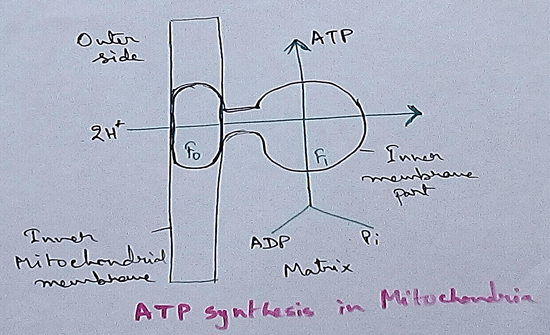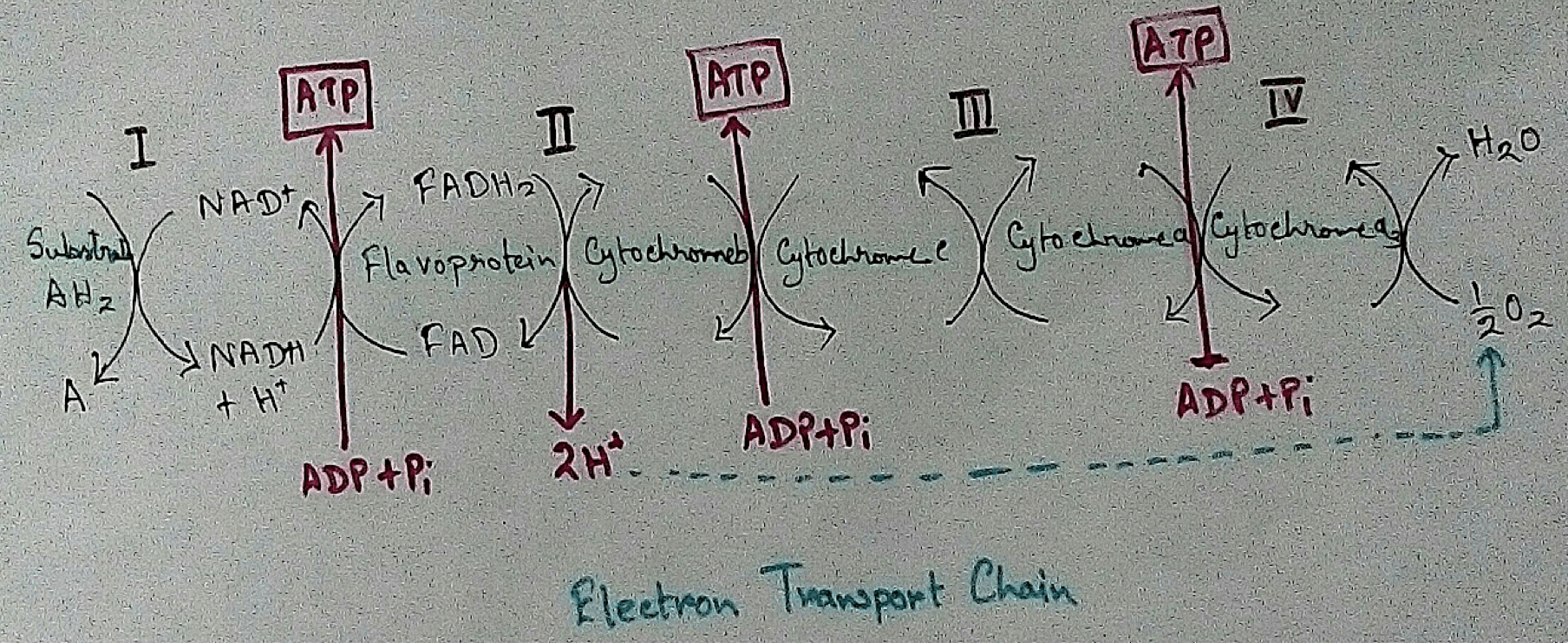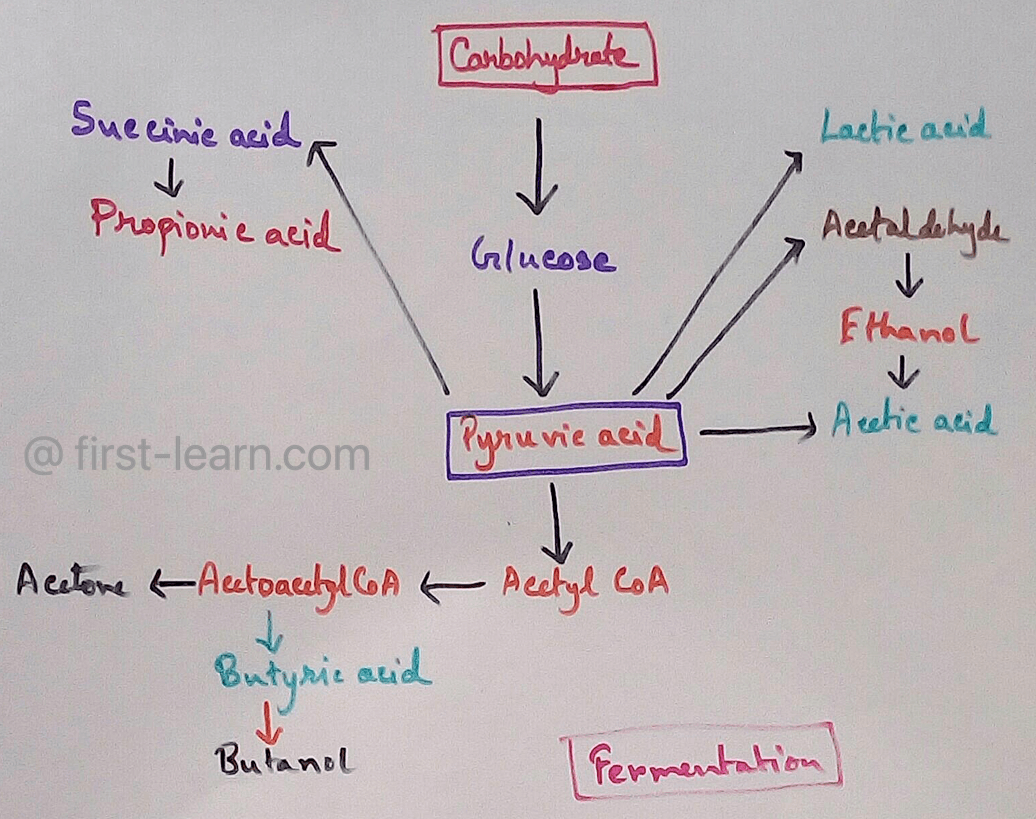Worksheet on How Plants make Food
Worksheet on how plants make food contains various types of questions on what makes the leaves green, veins of a leaf and photosynthesis in a leaf.
I. Match the column:
(i) Stomata (a) food factory of the plant
(ii) Leaf (b) through veins
(iii) Chlorophyll (c) tiny holes in the underside of a leaf
(iv) Starch (d) green substance that traps sunlight
(v) Water (e) stored food in plants
II. Fill in the
blanks:
(i) Photosynthesis is the process in which a plant makes _________ with the help of _________ from the soil and __________________ from the air.
(ii) The gas _________ is given out during this process, which we use for breathing.
III. Answer the following questions:
(i) Why are leaves green in color?
(ii) Why is sunlight so important for a plant to make its food?
(iii) Without chlorophyll food cannot be made. Why?
(iv) Where do plants store their extra food?
(v) How is the food prepared by plants used?
Check the answers of the worksheet on how plants make food:
Answers:
I. (i) Stomata (c) tiny holes in the underside of a leaf
(ii) Leaf (a) food factory of the plant
(iii) Chlorophyll (d) green substance that traps sunlight
(iv) Starch (e) stored food in plants
(v) Water (b) through veins
II. (i) food, water, carbon dioxide
(ii) oxygen
III. (i) Leaves are green in color because they have chlorophyll.
(ii) Sunlight is important because they provide the energy needed for a plant to make its food.
(iii) Without chlorophyll food cannot be made because chlorophyll traps the sunlight.
(iv) Plants store their extra food as starch in roots, stems, leaves, fruits and seeds.
(v) The food prepared by plants is used for growth; making flowers, fruits and seeds; repairing damage.
From Worksheet on How Plants make Food to HOME PAGE
Recent Articles
-
Respiratory Balance Sheet | TCA Cycle | ATP Consumption Process
Feb 18, 24 01:56 PM
The major component that produced during the photosynthesis is Glucose which is further metabolised by the different metabolic pathways like glycolysis, Krebs cycle, TCA cycle and produces energy whic… -
Electron Transport System and Oxidative Phosphorylation | ETC |Diagram
Feb 04, 24 01:57 PM
It is also called ETC. Electron transfer means the process where one electron relocates from one atom to the other atom. Definition of electron transport chain - The biological process where a chains… -
Tricarboxylic Acid Cycle | Krebs Cycle | Steps | End Products |Diagram
Jan 28, 24 12:39 PM
This is a type of process which execute in a cyclical form and final common pathway for oxidation of Carbohydrates fat protein through which acetyl coenzyme a or acetyl CoA is completely oxidised to c… -
Aerobic Respiration | Definition of Aerobic Respiration | Glycolysis
Dec 15, 23 08:42 AM
This is a type of respiration where molecular free oxygen is used as the final acceptor and it is observed in cell. Site of Aerobic Respiration - Aerobic respiration is observed in most of the eukaryo… -
Fermentation | Definition | Types of Fermentation | Application
Nov 29, 23 10:27 PM
Definition of fermentation- It is a process that is energy yielding process of anaerobic oxidation of organic compounds which are carried out by the enzyme action of micro organisms where neither gase…




New! Comments
Have your say about what you just read! Leave me a comment in the box below.